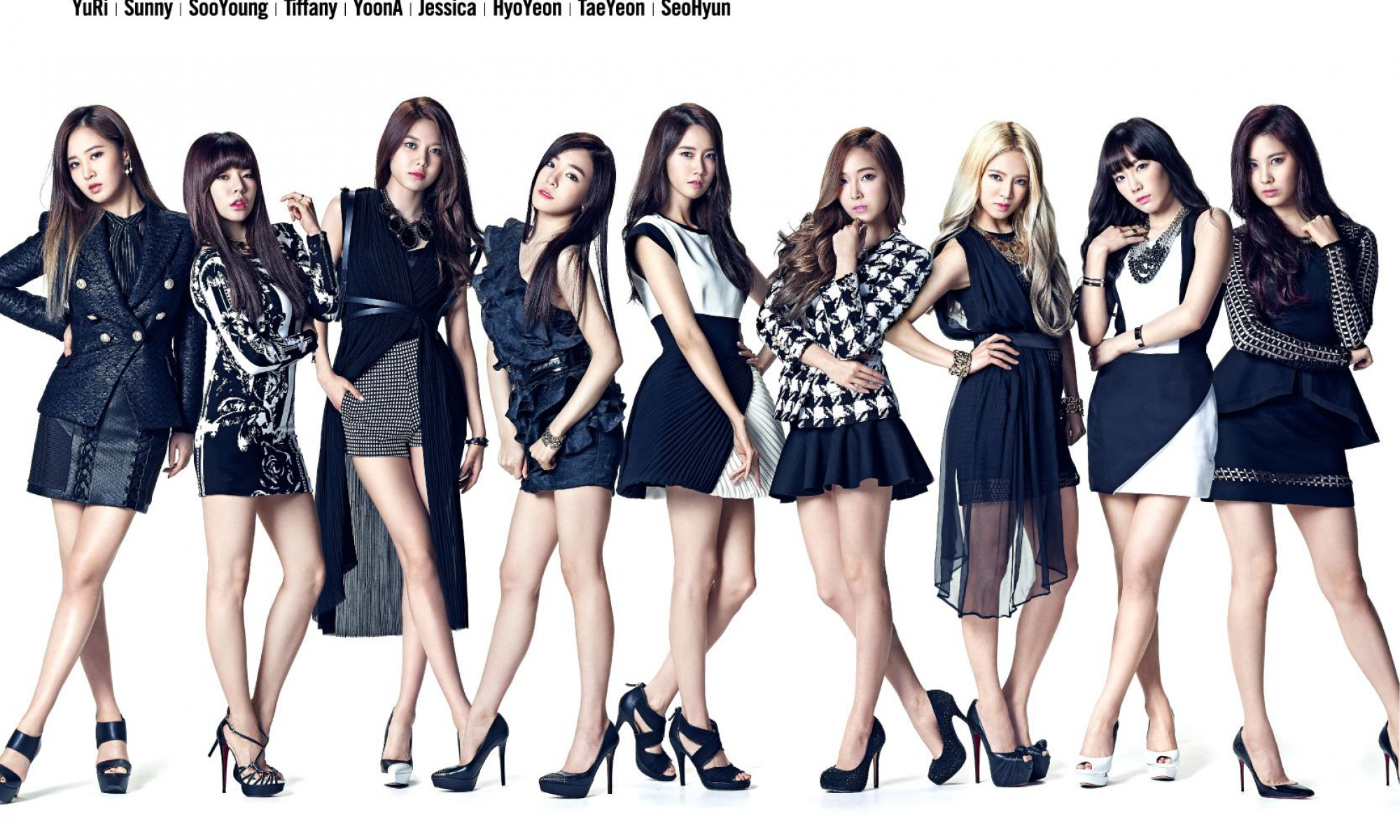The existing gender ideologies in Korean continues to influence manifestation of masculinity and femininity in the production of music videos, specifically in the shooting techniques utilized and corresponding choreography to the songs. Sexual objectification of female artists in music videos has been one of the “most overt ways that K-pop reinforces sexist attitudes” as Lin and Rudolf pointed out (2017:31). Common issues include gender disempowerment in aspects of music videos and songs, as well as performance of winsomeness known as “aegyo”, and the perpetuation of gender inequalities. Though the production of many girl group music videos is merely an act of conformity to the existing societal hegemony, the influence on youth about gender ideas should be considered. Girl’s Generation’s debut music video, “Into the New World”, possesses uniqueness in its representation of group members, music video shooting, as well as its lyrics by steering away from common gender disempowerment traps in production pointed out by many scholars, and offers an alternative for girl group music videos to convey positivity and femininity at the same time.
First of all, the representation of members in the music video has avoided “dollification”, a sexual fantasy of presenting females as non-threatening, submissive dolls tailored to the male viewers’ interests (Lin and Rudolf 2017: 31) by assigning members with individuality. At first sight, the members are each presented as individuals with different strivings for life, and they participate in a variety of activities, some of which may not necessarily be conventionally viewed as very feminine, such as repairing and flying a jet, and graffiti painting underground. Viewers follow through with their strivings, and their encounters with difficulties is accompanied by confidence and positivity, unlike other videos in which idols show clumsiness to perform hypergirlish femininity. Moreover, the video does not include a day-saving male figure which enables females to use “aegyo” as a way of asking for help or negotiating their imbalance of power within patriarchal environments, thus perpetuating gender inequalities (Puzar and Hong 2018: 5).
Secondly, the shooting of the video is derived from non-invasive angles without the use of multiple exposures, and the focus of the camera is mainly on expressions on the face, rather than parts of the body. Though Girl’s Generation’s many other videos include substantial leg-focused shots, which are argued to be evidence of K-pop’s increasing investment in “corporeal qualities” through images of exposed flesh (Epstein and Joo 2012: 4), “Into the New World” centers around non-sexually appealing body movements and cheerful facial expressions.
The lyrics of “Into the New World” is also unique in its composition because it does not conform to gender disempowerment like many other songs. In their analysis of girl group songs, Epstein and Turnbull highlighted the overt appeals to a male listener with the excessive use of oppa, a way of referring to an older male by females, as well as a perpetual theme of desiring male attention (2014: 319-21). They argue that success of similar songs contributes to the increased sexualization of female idols through lyric compositions (2014: 331), which has potential negative influence on gender beliefs among younger consumers (Lin and Rudolf 2017: 29). However, “Into the New World” has a lyric composition in which no older male figure is referred to, and the theme pf positivity and support conveyed, though including the word love many times, extends beyond romantic relationships between a petty, submissive female and the dominant, strong male she desires.
“Into the New World” has significance in offering an alternative way of music video production because it does not objectify nor disempower females and shows how positivity and femininity can be healthily portrayed.
Bibliography
- Epstein, Stephen and Rachel M. Joo. “Multiple Exposures: Korean Bodies and the Transnational Imagination.” The Asia Pacific Journal, no.1 (2012): 1-24
- Epstein, Stephen and James Turnbull. “Girl’s Generation? Gender, (Dis)Empowerment, and K-pop.” In The Korean Popular Culture Reader, edited by Kyung Hyun Kim and Youngmin Choe. 315-36.Durham and London: Duke University Press, 2014
- Lin, Xi and Robert Rudolf. “Does K-pop Reinforce Gender Inequalities? Empirical Evidence from a New Data Set.” Asian Women, no.4 (2017): 27-54
- Puzar, Aljosa and Yewon Hong. “Korean Cuties: Understanding Performed Winsomeness (Aegyo) in South Korea.” The Asia Pacific Journal of Anthropology, (2018): 1-17

